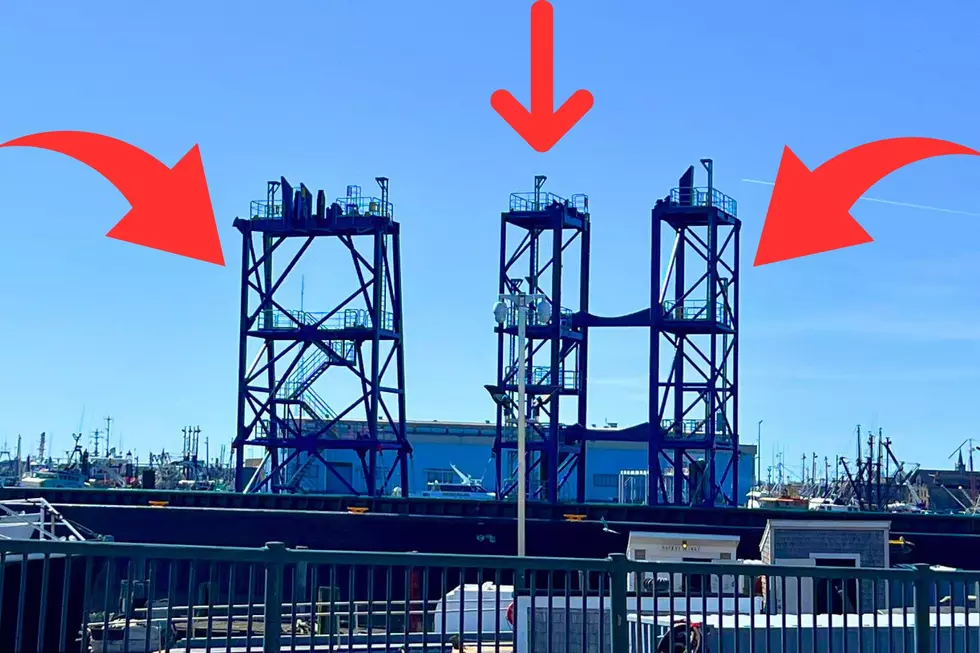
New Report Looks At New Bedford’s Environmental Risks
A new report released by the Conservation Law Foundation entitled "New Bedford, Massachusetts Environmental Justice in the Twenty-First Century" focused on some environmental concerns that continue to impact the City of New Bedford.
Among the issues the report looked at was the risk of childhood lead exposure.
In many communities where this has been an issue, such as Flint, Mich., drinking water was viewed as the major cause of the exposure.
However, Veronica Eady, the Vice-President and Director of the Conservation Law Foundation Massachusetts, told WBSM News that in New Bedford's case there may be other factors at play.
"It may largely be because of the housing stock being so old, much of it before 1940, and that housing stock having lead paint, or maybe there's lead in the soil from lead paint, or leaded gasoline that went into the air," said Eady.
Eady also says that many of these houses are in close proximity to contaminated areas creating an increased risk of exposure with low-income residents being among the most vulnerable.
"In many cases poorer communities, immigrant communities, tend to bare a bigger burden, and be at larger risk because they just don't have the mobility to move away or the money that it might cost to do the remediation," said Eady.
While a great deal of progress has been made to address issues at many locations, such as New Bedford Harbor Superfund Site and the Parker St. Waste Site, Eady says there are likely more contaminated sites that officials aren't even aware of.
"I'm not really confident that every contaminated site has been identified," said Eady "in some cases there may be a risk and the city, or the state, or the EPA, whoever the regulator is, may not be aware of it yet."
You can find the full report by clicking here.
More From WBSM-AM/AM 1420









